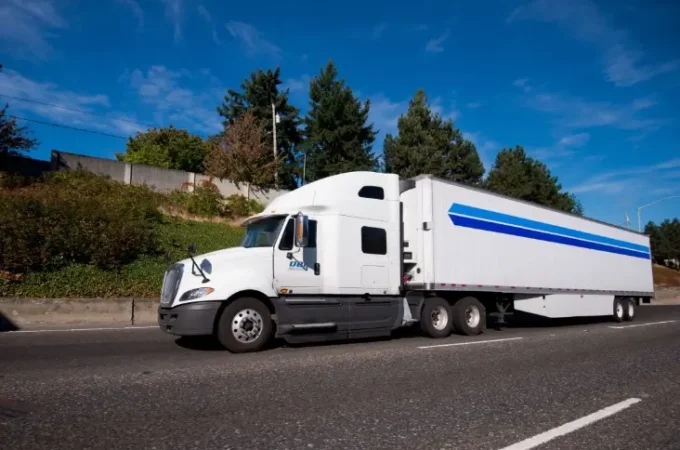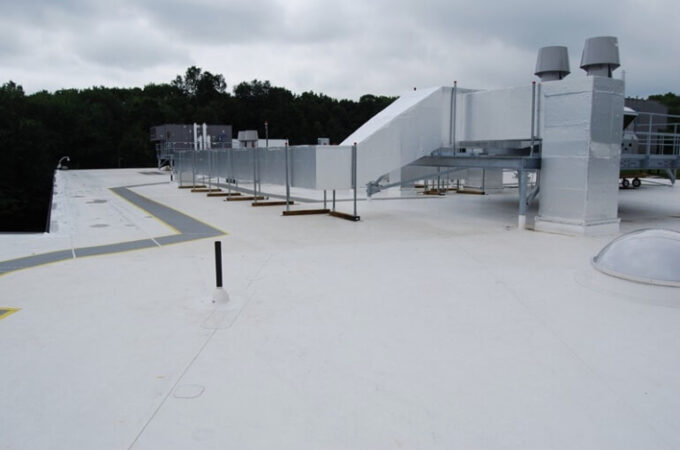
What is Traffic Impact Assessment and its purpose?
Traffic Impact Assessment (TIA) is a crucial process within urban planning aimed at evaluating the potential impact of proposed developments on the existing transportation infrastructure and traffic patterns. It involves a comprehensive analysis of various factors to ensure that new developments are integrated seamlessly into the existing transportation network while minimizing adverse effects on traffic flow, safety, and overall accessibility.
Definition and Purpose
At its core, a Traffic Impact Assessment (TIA) is a systematic evaluation of how a proposed development, such as a new building, shopping center, or housing complex, will affect the surrounding transportation system. The primary purpose of conducting a TIA is to identify potential traffic-related issues early in the planning process and to develop strategies to mitigate any negative impacts.
Key Components of TIA
Traffic Data Collection
One of the initial steps in conducting a TIA is gathering relevant traffic data. This includes information on existing traffic volumes, peak hours, vehicle types, and pedestrian movements. Accurate data collection is essential for creating reliable traffic models and predicting future traffic patterns.
Traffic Modeling and Analysis
Once the necessary data is collected, traffic engineers use advanced modeling software to simulate various scenarios and assess the potential impact of the proposed development on traffic flow and congestion levels. These models take into account factors such as road capacity, intersection performance, and travel demand.
Impact Evaluation
Based on the analysis results, the impact of the proposed development on the surrounding transportation network is evaluated. This includes assessing potential changes in traffic volume, travel times, and safety risks. Identifying these impacts allows planners to develop appropriate mitigation measures.
Benefits of Conducting TIA
Improved Traffic Management
By identifying potential traffic issues early on, TIA helps planners develop proactive strategies to manage traffic flow more effectively. This can include implementing traffic signal optimizations, adding turn lanes, or adjusting speed limits to accommodate increased demand.
Enhancing Safety Measures
TIA also plays a crucial role in enhancing safety measures for both motorists and pedestrians. By identifying potential safety hazards, such as high-speed intersections or inadequate pedestrian crossings, planners can implement measures to reduce the risk of accidents and improve overall road safety.
Informing Infrastructure Development
Additionally, TIA provides valuable insights that inform infrastructure development decisions. By understanding how proposed developments will impact the transportation network, planners can prioritize infrastructure projects such as road expansions, intersection upgrades, or public transit enhancements.
Process of Conducting TIA
The process of conducting a TIA typically involves several key steps, including:
Initial Assessment
The first step is to conduct an initial assessment of the proposed development and its potential impact on the surrounding transportation network. This includes reviewing project plans, site layouts, and relevant traffic data.
Data Collection Methods
Once the initial assessment is complete, traffic engineers employ various data collection methods to gather information on existing traffic conditions. This may include manual traffic counts, video surveillance, or traffic flow analysis using GPS data.
Analysis Techniques
Using advanced traffic modeling software, engineers analyze the collected data to predict how the proposed development will impact traffic flow, congestion levels, and safety. This involves running simulations and evaluating various scenarios to assess potential outcomes.
Challenges and Limitations
Despite its benefits, conducting a TIA can pose several challenges and limitations, including:
Data Accuracy and Reliability
One of the main challenges of TIA is ensuring the accuracy and reliability of the collected data. Inaccurate or incomplete data can lead to flawed analysis results and unreliable predictions of traffic impacts.
Future Growth Projections
Predicting future traffic patterns can be challenging due to uncertainties such as population growth, economic changes, and shifts in travel behavior. Planners must account for these factors when conducting a TIA to ensure that proposed developments remain viable in the long term.
Mitigation Strategies
Implementing effective mitigation measures to address identified traffic impacts can be challenging. This may involve significant investment in infrastructure improvements or changes to land use policies, which can face resistance from stakeholders.
Examples of TIA in Action
Several successful examples demonstrate the importance of TIA in urban planning, including:
Case Studies of Successful TIA Implementations
- The expansion of a major shopping mall, which involved conducting a TIA to assess the impact on surrounding roadways and implement traffic management strategies to mitigate congestion.
- The construction of a new residential development, which required a comprehensive TIA to evaluate traffic flow and safety risks and inform infrastructure improvements such as new road connections and pedestrian facilities.
Legal and Regulatory Framework
TIA is governed by a range of legal and regulatory requirements at the local, state, and federal levels. These regulations vary depending on the jurisdiction and may include requirements for conducting TIA studies for certain types of developments, as well as guidelines for data collection, analysis, and mitigation.
Future Trends in TIA
As technology continues to evolve, several trends are shaping the future of TIA, including:
Integration of Technology
Advancements in data collection techniques, such as the use of drones and satellite imagery, are enabling more accurate and efficient TIA studies. Additionally, the integration of real-time traffic data and predictive analytics is enhancing the accuracy of traffic modeling and analysis.
Sustainable Transportation Solutions
There is a growing emphasis on incorporating sustainable transportation solutions into TIA studies, such as promoting walking, cycling, and public transit options. This includes evaluating the potential impact of proposed developments on alternative modes of transportation and incorporating measures to support multi-modal travel.
Conclusion
Traffic Impact Assessment (TIA) plays a crucial role in urban planning by evaluating the potential impact of proposed developments on the transportation network. By conducting comprehensive TIA studies, planners can identify potential traffic issues early on, develop proactive strategies to manage traffic flow and enhance safety measures, and inform infrastructure development decisions.
FAQs
- What types of developments require a Traffic Impact Assessment (TIA)?
- TIA studies are typically required for large-scale developments such as shopping centers, residential subdivisions, office complexes, and industrial parks.
- How long does it take to conduct a Traffic Impact Assessment (TIA)?
- The timeframe for conducting a TIA can vary depending on the complexity of the project and the availability of data. It typically takes several weeks to several months to complete a TIA study.
- What factors are considered when evaluating the impact of a proposed development on traffic flow?
- Traffic engineers consider a variety of factors, including the size and nature of the development, existing traffic conditions, road capacity, intersection performance, and future growth projections.
- How are mitigation measures determined based on the findings of a TIA?
- Mitigation measures are developed based on the specific traffic impacts identified during the TIA study. These measures may include infrastructure improvements, traffic signal optimizations, or changes to land use policies.
- What role do stakeholders play in the TIA process?
- Stakeholders such as developers, government agencies, local residents, and business owners may provide input throughout the TIA process, including during the initial assessment, data collection, analysis, and implementation of mitigation measures.
Visit our website for more. Click here: “Quick Trend Insights“.





